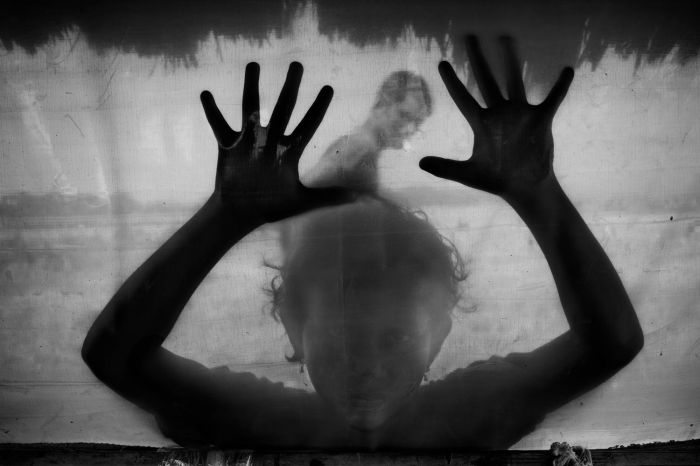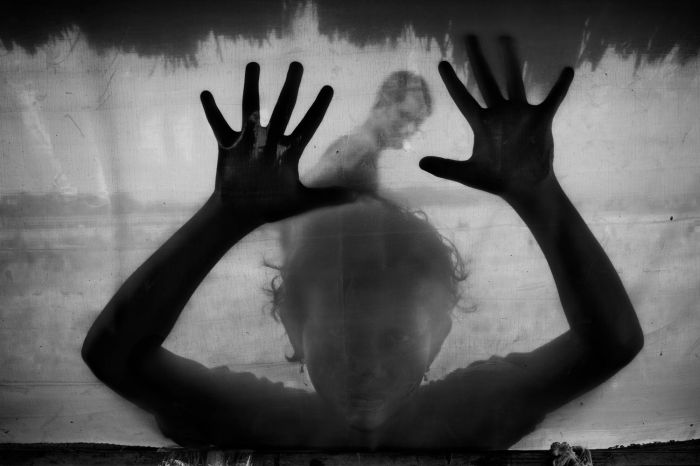
Photography Tips from a Color Story: Mastering the Art of Visual Narrative. Imagine a photograph that not only captures a moment but also tells a story, evokes emotions, and draws the viewer in. It’s all about color, and how we use it to create a visual narrative that resonates with our audience.
In this blog post, we’ll explore the world of color theory, how to use it effectively in photography, and how to create stunning images that tell a story.
From understanding the basics of the color wheel to mastering color editing techniques, we’ll delve into the art of using color to enhance your photography. Whether you’re a seasoned photographer or just starting out, these tips will help you take your photography to the next level and create images that are both visually appealing and emotionally impactful.
Understanding Color Theory in Photography: Photography Tips From A Color Story

Color theory is a fundamental aspect of photography that can significantly impact the mood, message, and overall impact of your images. By understanding the basic principles of color theory, you can learn to use color intentionally to create visually appealing and emotionally resonant photographs.
The Color Wheel, Photography tips from a color story
The color wheel is a visual representation of the relationships between different colors. It’s a circular diagram that arranges colors based on their hue, saturation, and value. The color wheel is a crucial tool for understanding color harmony and creating balanced and visually pleasing compositions.
- Primary Colors:Red, yellow, and blue are the primary colors. They cannot be created by mixing other colors.
- Secondary Colors:Green, orange, and violet are the secondary colors. They are created by mixing two primary colors.
- Tertiary Colors:Tertiary colors are created by mixing a primary color with a neighboring secondary color. They are often named with a combination of the primary and secondary colors, such as red-orange or blue-violet.
Complementary Colors
Complementary colors are located directly opposite each other on the color wheel. They create high contrast and visual excitement when placed next to each other. Examples of complementary color pairs include:
- Red and Green
- Blue and Orange
- Yellow and Purple
Using complementary colors in your photographs can create a sense of energy, vibrancy, and visual interest.
Analogous Colors
Analogous colors are located next to each other on the color wheel. They create a harmonious and cohesive feel. They share similar qualities and blend well together, creating a sense of unity and balance. Examples of analogous color schemes include:
- Red, Red-Orange, Orange
- Blue, Blue-Green, Green
- Yellow, Yellow-Green, Green
Analogous colors can be used to create a sense of calmness, serenity, and visual flow in your photographs.
Triadic Colors
Triadic colors are three colors that are evenly spaced on the color wheel. They create a balanced and visually striking composition. Examples of triadic color schemes include:
- Red, Yellow, Blue
- Orange, Green, Violet
- Red-Violet, Yellow-Green, Blue-Orange
Triadic colors can be used to create a sense of vibrancy, energy, and visual interest in your photographs.
Color and Mood
Color plays a significant role in evoking emotions and creating specific moods in photography. Different colors have different psychological associations, and understanding these associations can help you communicate your intended message effectively.
- Warm Colors:Red, orange, and yellow are associated with warmth, energy, and excitement. They can create a sense of happiness, passion, and urgency.
- Cool Colors:Blue, green, and violet are associated with calmness, peace, and serenity. They can create a sense of tranquility, relaxation, and nostalgia.
- Neutral Colors:Black, white, and gray are considered neutral colors. They provide a sense of balance and can be used to create a sense of sophistication, elegance, or minimalism.
Color Palettes
Color palettes are a collection of colors that work well together. They can be based on color theory principles, such as complementary, analogous, or triadic colors. Different color palettes evoke different moods and emotions, so it’s essential to choose a palette that aligns with your intended message.
- Warm Palette:A warm palette, featuring colors like red, orange, and yellow, can create a sense of warmth, energy, and excitement. This palette is often used for images that evoke feelings of happiness, passion, or adventure.
- Cool Palette:A cool palette, featuring colors like blue, green, and violet, can create a sense of calmness, peace, and serenity. This palette is often used for images that evoke feelings of tranquility, relaxation, or nostalgia.
- Monochromatic Palette:A monochromatic palette uses different shades, tints, and tones of a single color. This palette can create a sense of unity, harmony, and sophistication. It’s often used for images that emphasize a specific color or texture.
- Complementary Palette:A complementary palette uses two colors that are opposite each other on the color wheel. This palette creates a sense of high contrast and visual excitement. It’s often used for images that emphasize a specific element or create a sense of drama.
- Analogous Palette:An analogous palette uses three colors that are next to each other on the color wheel. This palette creates a sense of harmony, unity, and visual flow. It’s often used for images that create a sense of calmness, serenity, or visual coherence.
When shooting a color story, think about how the colors interact and complement each other. A vibrant green can be offset by a soft pink, or a bold blue can pop against a neutral beige. It’s all about balance and contrast.
For example, the bright green lime in a key lime pie jello shot would look stunning against a backdrop of soft, creamy white frosting. Remember, photography is about capturing the essence of color and light, so don’t be afraid to experiment and see what works best for your story.
I was recently inspired by a color story that emphasized the importance of capturing the light in your photos. It reminded me of how much detail can be lost in a photo when the light isn’t right. This made me think of a recent video I saw on tricks treats cascade braid with sarah lockhart , where the stylist used natural light to showcase the intricate details of the braid.
It’s a great reminder that even simple techniques can make a big difference in your photos. So, next time you’re taking photos, remember to pay attention to the light, and you’ll be amazed at the difference it makes.
Learning photography tips from a color story can be surprisingly insightful. It’s like analyzing a painting, understanding the artist’s intention behind each hue. It’s a similar concept to the debate around probeat twitter should bantrump , where people analyze the platform’s role in shaping public discourse.
Just as color choices create a mood in a photograph, the platform’s decisions influence the overall atmosphere of online communication. Ultimately, both photography and social media are powerful tools for expressing ideas and emotions.

